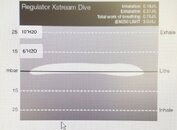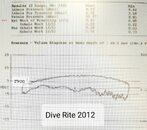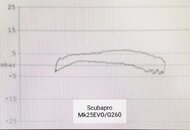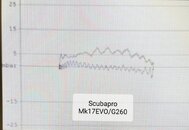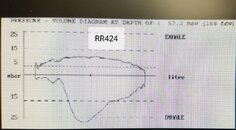As
@rhwestfall says, Environmentally Sealed.
Lots of fine grit/trash where I shore dive, that gets stuck in the crack where the piston head meets the land, and slowly chews up the reg head, despite good washout. It's slow, and minor. But I'm finicky about making my best gear last 30 years.
For my old rant on this subject, see
Piston or diaphragm
I'm a piston guy, but when Scubapro stopped SPEC environmental sealing, I went to Atomic for my pistons.
The Mk17 is a fine diaphragm reg (though not as good as the XStream). But neither have a turret. The Mk19 does...




